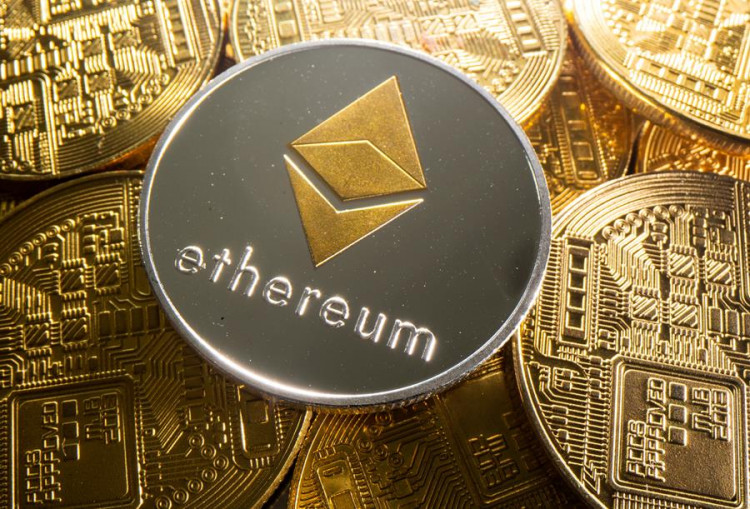It's quite interesting to compare Cardano vs Ethereum because these are two of the most innovative projects. Let's see how both of them work and examine their key differences.
About Cardano
One of the duties of this network is to serve as an ecosystem where DeFi projects are being developed. This blockchain is powered by its native token traded under the ADA symbol. This coin is used to process prompt transactions within the ecosystem. If you believe that the Cardano project is a worthy investment, just purchase ADA tokens.
The biggest advantage of Cardano is fast transaction processing. Cardano enables such a high speed by appointing leaders accountable for transaction validators, while other blockchains, like Bitcoin, just have a copy of individual blockchains.
One more feature that makes Cardano popular these days is its contribution to energy consumption reduction. Cardano works on a proof-of-stake consensus mechanism so it doesn't involve enormous computer powers in the mining process.
Nevertheless, there's no 100% perfect project. The same is applied to Cardano. The biggest minus is that blockchain is still implementing some vital features such as scalability, for example. On the one hand, this means that it will become better in the future. But on the contrary, you cannot enjoy the full scope of features you would like to use on this blockchain.
About Ethereum
Ethereum is a network that runs on the Solidity programming language. Although Ethereum isn't as big as Bitcoin, it has a lot of advantages over it. The first benefit is that the blocks within Ethereum are built easier and faster, which ensures a higher speed.
This blockchain is powered by Ether (ETH). This coin is used to process payments, develop dApps on the platform, and power them.
The huge benefit of Ethereum is that it's one of the pioneers in this niche. This means that Ethereum has a big ecosystem built already. Besides, it runs on the Solidity programming language, which is already common for many developers.
Also, users of this network like that it has a big level of decentralization. It's a very positive feature for the community because this is one of the aspects that ensure that the blockchain won't fail.
In general, Ethereum is a very advanced ecosystem where a big number of other protocols are operated. Nevertheless, Ethereum still lacks speed. Although this aspect is getting updates, the network remains far behind other blockchain-based ecosystems, including Cardano.
Although many developers know how to program on Solidity, this programming language might distract some users from Ethereum. The reason for this is that this programming language is completely unique, meaning developers should learn it from scratch to program in this ecosystem. Some other blockchains are more flexible in terms of a programming language. They might use tools that are more common for the majority of developers.
Also, Ethereum should work on the reduction of its carbon footprint. Although a lot of steps have been already taken, including switching to the proof-of-stake protocol, gas emissions aren't completely excluded from the transaction process.
What makes Cardano and Ethereum different?
After reading the basics of Cardano and Ethereum, you see that they have some similarities, such as the proof-of-stake model and the possibility to develop decentralized applications. But what are the differences? Here they come:
Value
We can measure the values of crypto projects by different parameters. If we consider market capitalization, it's difficult to find equal competitors for Ethereum. It has the second-biggest market cap, exceeding $198 billion, as of November 6. At the same time, the Cardano market cap is below $15 billion. The value of the Ethereum project is driven by the fact that it has been so flexible for so long. Also, we should take into account that Ethereum has already introduced its key features, while Cardano is still developing.
Evolution
Ethereum is the original solution, while Cardano was intended to be created as a better version of the decentralized ecosystem. The founder of Cardano was a member of the Ethereum team but he decided to leave. His primary aim was to build a more eco-friendly network based on smart contracts where decentralized applications could be powered.
Ethereum has a longer history than Cardano. The second-biggest crypto platform was started in 2015. Unlike Cardano, Ethereum didn't adapt the proof-of-stake standard after the launch. By 2022, Ethereum has been running on the proof-of-work consensus mechanism, which was the reason why Ethereum had problems with energy consumption.
Cardano is two years younger than Ethereum but it has been running on the proof-of-stake standard from the very beginning in 2017. Cardano does aim to be a decentralized application development platform with a multi-asset ledger and verifiable smart contracts.
Coin Limits
If you don't get deeper into all these features of protocols and networks, the biggest difference you'll see is the number of coins that are going to be minted within each ecosystem. The supply of Cardano is limited to 45 billion coins, while Ethereum does not have any limitations regarding coin supply. That is why investors looking for assets that might potentially be in high demand because of scarcity prefer investing in ADA rather than in ETH.






